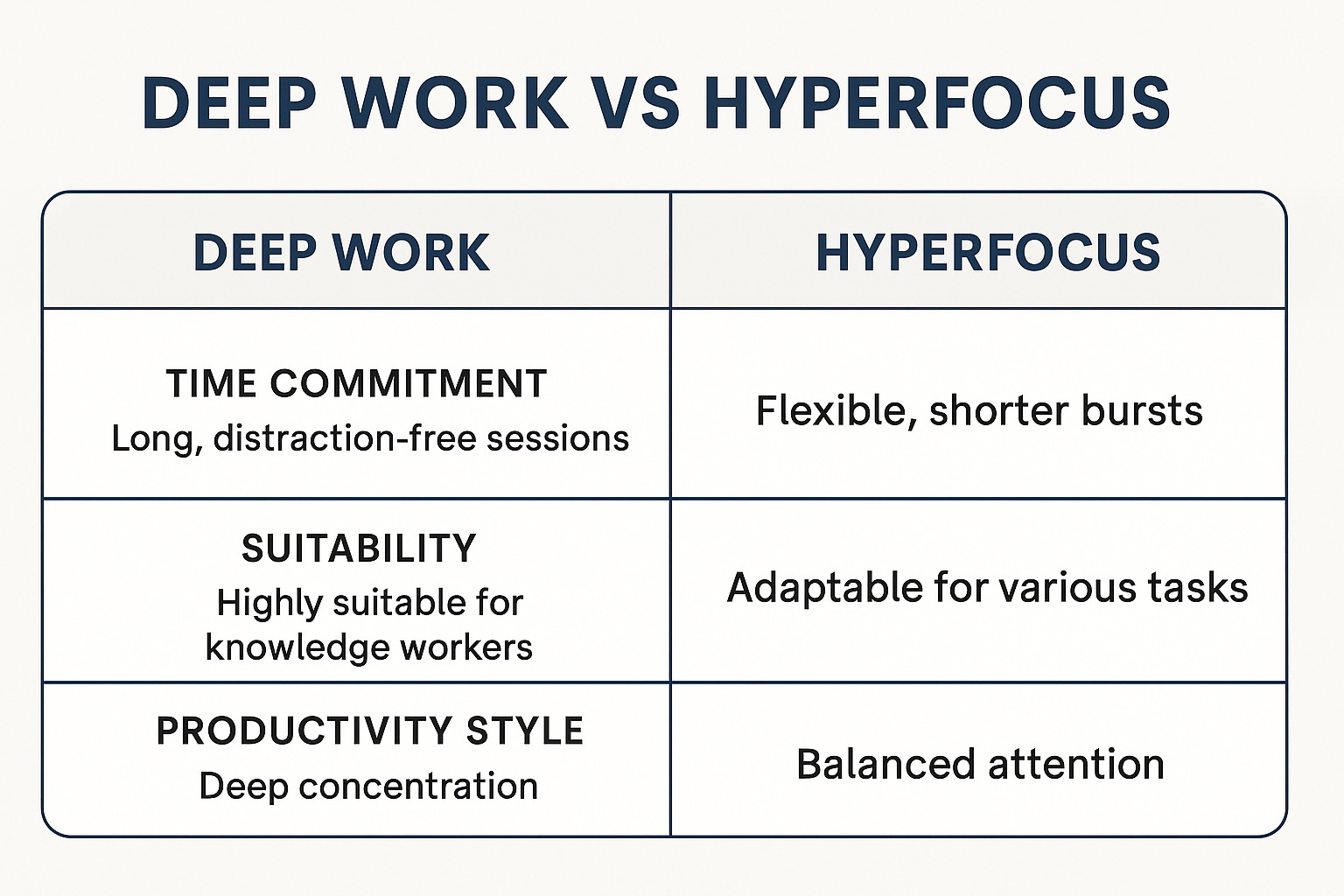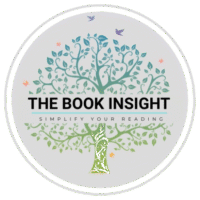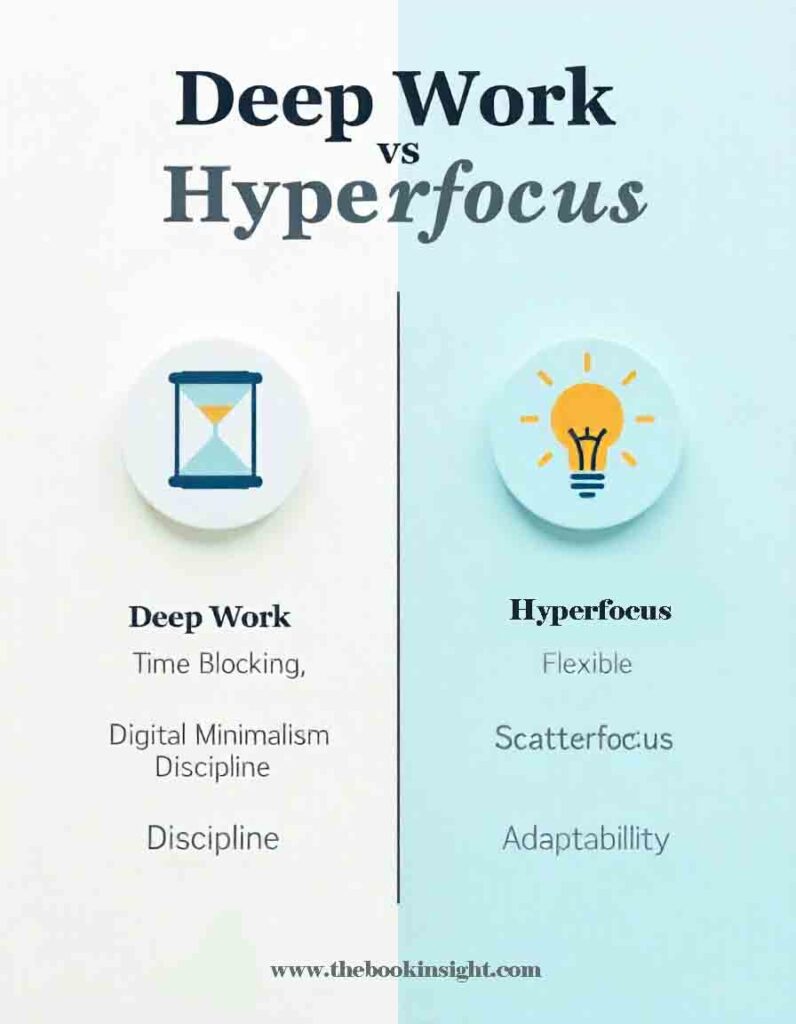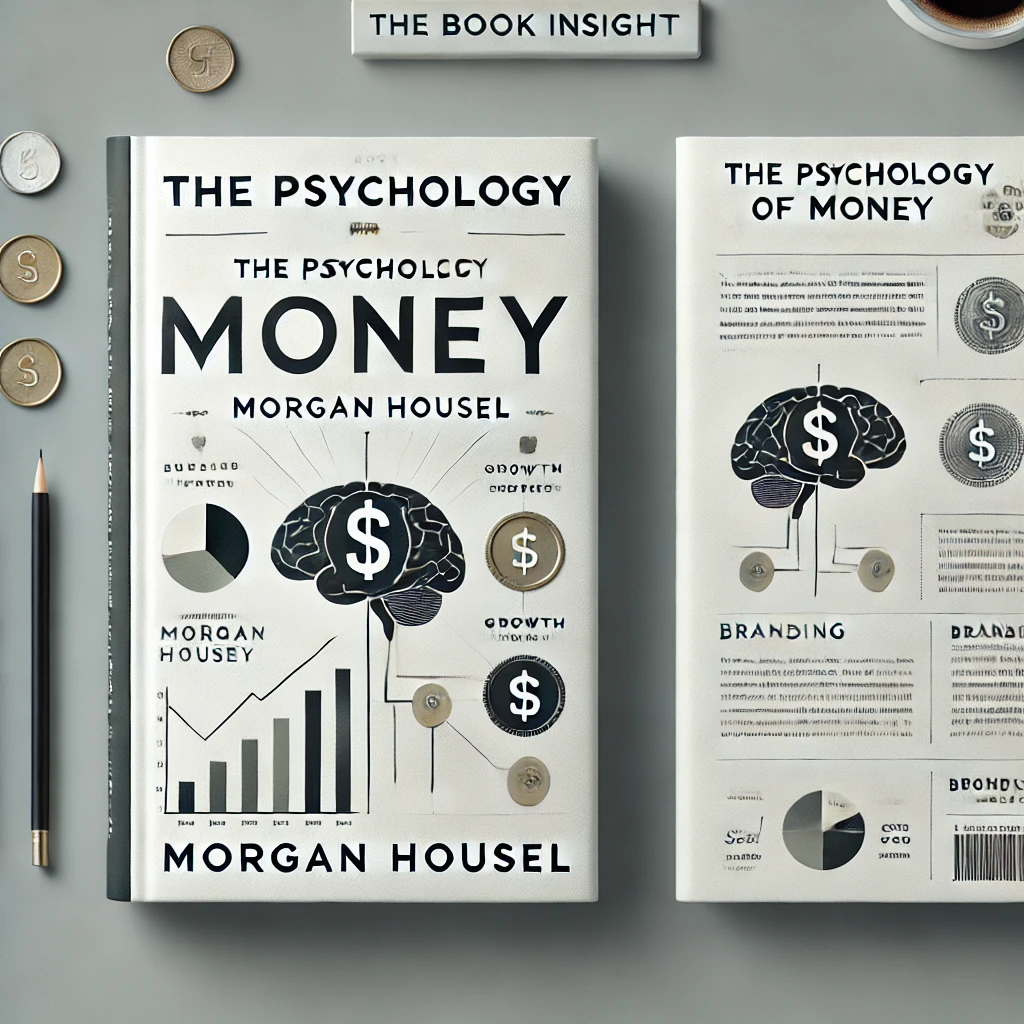Table of Contents
ToggleDeep Work vs Hyperfocus: Which Focus Strategy Works Best?
Why Focus Is the Ultimate Super Skill?
Focus has become the new gold coin of our era. Every second, companies compete for it, turning our attention into their revenue. If we learn to control our focus and direct it toward meaningful goals, distractions lose their power. Focus is not just a skill for 2025 – it’s a lifelong superpower that can shape success, productivity, and even personal freedom.
The Battle for Your Attention
In today’s digital world, tech giants constantly design systems to capture our attention. Notifications, endless feeds, and short-form content keep us hooked. But the truth is simple: if you don’t manage your focus, someone else will. That’s why mastering focus strategies for productivity isn’t optional anymore—it’s essential.
Two Powerful Approaches: Deep Work and Hyperfocus
Two modern books shed light on practical methods to regain control of our minds:
- Deep Work by Cal Newport teaches us the art of working in long, distraction-free sessions to produce high-quality results.
- Hyperfocus by Chris Bailey shows how to manage attention more flexibly, shifting between deep concentration and creative openness.
Both strategies offer valuable tools for today’s distracted lifestyle. Deep Work emphasizes intensity and discipline, while Hyperfocus highlights adaptability and balance. This article will explore both approaches, compare their strengths, and help you decide which focus strategy works best for your lifestyle and long-term productivity.
What is Deep Work?
The Core Idea: Long, Distraction-Free Sessions
Deep Work, a concept introduced by Cal Newport, is the ability to focus without distraction on cognitively demanding tasks. Whether you want to master a skill, produce high-value work, or accelerate your career, deep concentration is the key. The core principle is simple: dedicate long, uninterrupted blocks of time to a single task. In this state, your mind operates at its highest level, allowing you to produce results that shallow, distracted work could never achieve.
Benefits: Productivity, Creativity, and Career Growth
Practicing Deep Work brings clear advantages. By shutting out distractions, you not only increase productivity but also spark creativity. Ideas flow more freely when the mind is fully immersed in one task. Over time, this practice creates a competitive edge in your profession. In fact, many experts believe that the ability to perform Deep Work is one of the most valuable focus strategies for productivity in the modern knowledge economy.
Challenges: Discipline and Consistency
While the concept sounds straightforward, the real challenge lies in execution. Deep Work requires strict discipline—building habits that allow you to resist distractions, manage your time effectively, and train your brain to stay focused for extended periods. It’s not easy at first, but once developed, this discipline becomes a life-changing habit.
👉 For a full breakdown of Cal Newport’s principles and methods, check out our [Deep Work Summary].
What is Hyperfocus?
The Core Idea: Balancing Hyperfocus and Scatterfocus
In his book Hyperfocus, Chris Bailey introduces two complementary modes of attention: Hyperfocus and Scatterfocus.
- Hyperfocus means channeling your full concentration onto a single task, shutting out distractions, and working with deep intensity. This state allows you to get more done in less time by maximizing mental clarity.
- Scatterfocus, on the other hand, is the opposite. Instead of narrowing attention, it gives your mind space to wander, recharge, and make unexpected connections. In this state, you generate fresh ideas, solve problems creatively, and think about future goals.
Together, these two modes create a balance—one helps you execute with intensity, the other helps you recharge and innovate.
Benefits: Adaptable and Modern-Friendly
One reason Hyperfocus has gained attention is its adaptability. Unlike rigid systems, it allows you to switch between structured concentration and open-ended reflection. This flexibility works especially well in modern workflows, where both productivity and creativity are required. For people who juggle multiple responsibilities, alternating between Hyperfocus and Scatterfocus can be one of the most practical focus strategies for productivity.
Challenges: Avoiding the Multitasking Trap
The biggest challenge with Hyperfocus is misuse. Without clear boundaries, Scatterfocus can be mistaken for aimless multitasking or distraction. The real skill lies in intentionally choosing when to narrow your attention and when to let your mind roam. Without this discipline, the system loses its power.
👉 For a complete breakdown of these concepts, see our [Hyperfocus Summary].
Key Differences Between Deep Work and Hyperfocus

When it comes to focus strategies for productivity, both Deep Work and Hyperfocus have unique strengths. But the way they are applied makes them very different tools. Here’s how they compare:
Time Commitment: Long vs. Flexible Sessions
- Deep Work requires long, uninterrupted blocks of time – often two to four hours or more. This structure pushes you into a state of deep concentration where high-value output is produced.
- Hyperfocus, on the other hand, works in shorter, more flexible bursts. By combining focused attention with periods of Scatterfocus, it allows for balance between productivity and mental recharge.
Suitability: Knowledge Workers vs. General Lifestyle
- Deep Work is best suited for knowledge workers, professionals, or creators who need to produce complex, high-level work. If your career depends on problem-solving, writing, coding, or research, Deep Work gives you an edge.
- Hyperfocus is more adaptable to general lifestyles. Whether you’re managing daily tasks, balancing personal projects, or needing creativity in modern workflows, its flexible design makes it easier for anyone to adopt.
Productivity Style: Deep Creation vs. Balanced Attention
- Deep Work is about going “all in” on one cognitively demanding task. It’s intense, requires discipline, and works best when practiced consistently. However, most people can only sustain it for a few hours each day.
- Hyperfocus promotes a balanced style—switching between deep concentration and open-ended Scatterfocus. This balance supports creativity, problem-solving, and long-term energy management.
Where Does Dopamine Detox Fit In?
Distractions, Dopamine, and the Urge for Instant Pleasure
In today’s world, distraction is the biggest enemy of focus. Every time we check notifications, scroll endlessly through reels, or indulge in quick pleasures like gaming or junk food, our brain releases dopamine – the chemical that creates instant reward and urges us to repeat the behavior. The problem is that these constant dopamine hits hijack our attention, making it harder to focus on what truly matters.
Why Dopamine Detox Matters?
This is where the idea of a Dopamine Detox comes in. By reducing or eliminating overstimulating activities for a set time, you allow your brain to reset. Instead of chasing constant micro-pleasures, you regain the ability to concentrate, reflect, and prioritize. Both Deep Work and Hyperfocus emphasize removing distractions as the first step to productive focus—and dopamine detox provides a practical way to do that.
Boosting Deep Work and Hyperfocus with Detox
When practiced alongside focus strategies, dopamine detox becomes a powerful ally:
- For Deep Work, it clears mental clutter so you can dive into long, uninterrupted sessions without cravings for quick distractions.
- For Hyperfocus, it helps maintain balance by preventing Scatterfocus from slipping into aimless browsing or multitasking.
In short, dopamine detox strengthens whichever strategy you choose, making it easier to apply these principles in real life.
👉 For practical steps and methods, check out our full [Dopamine Detox Summary].
How to Choose the Right Focus Strategy for You
Not everyone needs the same approach. The best focus method depends on your lifestyle, work demands, and personal goals. Here’s how to decide:
If You’re a Student → Start with Hyperfocus
For students, Hyperfocus is often the easier entry point. Modern lifestyles are full of distractions, and young learners need both focus and creativity. The Scatterfocus concept teaches the importance of rest, sleep, and giving the brain space to recharge – critical for memory retention and problem-solving. By starting with Hyperfocus, students can develop healthy study habits while keeping space for creativity and long-term thinking.
If You’re a Creator or Entrepreneur → Deep Work is Essential
Creators, entrepreneurs, and professionals working on complex projects benefit most from Deep Work. This method demands long, distraction-free sessions – ranging from 30 minutes to several hours—that lead to high-value output. In environments where constant emails, meetings, and social media distractions dominate, Deep Work becomes a shield. With consistent practice, it builds the discipline needed to finish big projects, generate breakthroughs, and stand out in competitive industries.
Hybrid Approach → Combine Both for Balance
For many people, the best focus method is actually a hybrid approach. You can divide your day strategically—for example:
- Mornings: Use Deep Work for 2–4 hours when your mind is fresh and energy levels are highest.
- Afternoons: Switch to Hyperfocus and Scatterfocus to balance structured work with creative thinking and mental recovery.
This way, you get the best of both systems: intensity in the morning and flexibility later in the day. It’s one of the most sustainable focus strategies for productivity, especially for professionals juggling multiple responsibilities.
Practical Steps to Get Started
Building focus is not about reading a book once—it’s about slowly applying the ideas until they become habits. I’ve done the same in my own busy routine, and over time these small steps turned into a disciplined lifestyle. Here’s how you can get started too:
Setting Up Deep Work Rituals
The easiest way to begin Deep Work is through time blocking. Choose a fixed slot in your day—maybe 1 or 2 hours—where you switch off distractions completely and focus on one important task. Even if you start small, the habit grows stronger with practice. Another big help is digital minimalism: silencing notifications, turning off social media during work hours, and keeping only what’s essential. These small rituals make long focus sessions possible.
Setting Up Hyperfocus Rituals
With Hyperfocus, the idea is more flexible. Try task batching—group similar tasks together and work on them with full attention. Then balance it out with Scatterfocus moments, like going for a walk, journaling, or just letting your mind wander without screens. Personally, I’ve found these Scatterfocus breaks give me fresh ideas and make me feel recharged for the next task.
Common Pitfalls and How to Avoid Them
The biggest mistake people make is expecting instant results. At first, Deep Work feels hard, and Hyperfocus might feel confusing—you may even slip back into distractions. Don’t quit. Focus is like a muscle: the more you train it, the stronger it gets. Another common trap is multitasking—switching between tasks destroys both Deep Work and Hyperfocus. Stick to one thing at a time, and you’ll notice the difference.
Final Thoughts: Mastering Focus
We’ve now looked at the core ideas behind Deep Work and Hyperfocus, two of the most practical focus strategies for productivity. Both books are bestsellers for a reason—they don’t just share theories, they give real steps you can apply in daily life.
The truth is, there’s no single “perfect” method for everyone. Some people thrive with the intensity of Deep Work, while others prefer the flexibility of Hyperfocus. Personally, I’ve found that experimenting with both—and slowly turning them into habits—helped me build discipline in my own busy routine. You don’t have to get it right on day one; you just have to start and see what fits your lifestyle.
If you’re still unsure which path is right for you, my advice is simple: try both, track your progress, and notice which approach feels natural. Over time, you’ll create your own system of focus that keeps you productive and distraction-free.
👉 Want to go deeper? Check out my detailed summaries of [Deep Work], [Hyperfocus], and [Dopamine Detox] to design a focus system that works best for you.
 Related Articles You May Like
Related Articles You May Like
1. The Science of Happiness: Unlocking the Secrets to a Fulfilling Life – Discover how happiness and focus are deeply connected, and why a positive mind boosts attention and productivity.
2. Dopamine Detox 2025: Reset Your Brain for Maximum Focus – Learn how cutting back on overstimulation helps you regain control of your attention and fight distractions.
3. Overthinking: Understanding the Mental Loop – Uncover how constant overthinking drains your focus and proven strategies to break free from the mental cycle.
4. Best Books on Focus and Attention in 2025 – A curated list of powerful books to sharpen your concentration and beat modern distractions.
5. Top 5 Books on Mental Wellness in 2025 – Explore the most impactful books that combine mental clarity, emotional health, and focus mastery.
6. Hyperfocus Book Summary: Unlocking Deep Concentration – Learn key lessons from Chris Bailey’s Hyperfocus on how to channel your mind toward what truly matters.
7. Deep Work by Cal Newport: The Power of Undistracted Success – Understand the framework behind achieving more in less time through distraction-free work.



